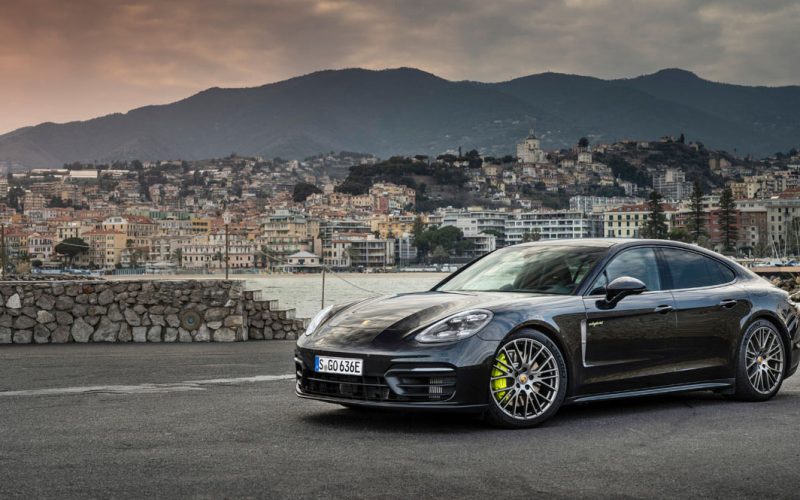
Reading Time: 2 minutesWith electric-only mobility ranging from 30 to 50 kilometres, most plug-in hybrid buyers won’t be expecting
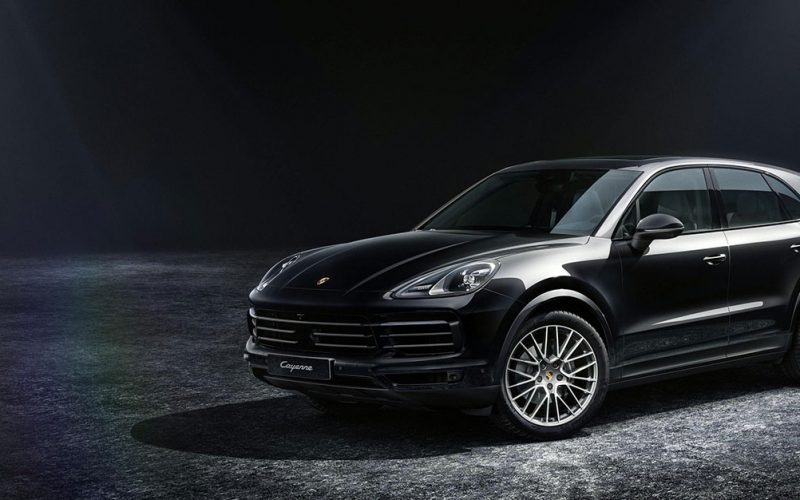
Reading Time: 3 minutesPorsche is bringing its Platinum Edition back to the Cayenne lineup for 2022, after three years
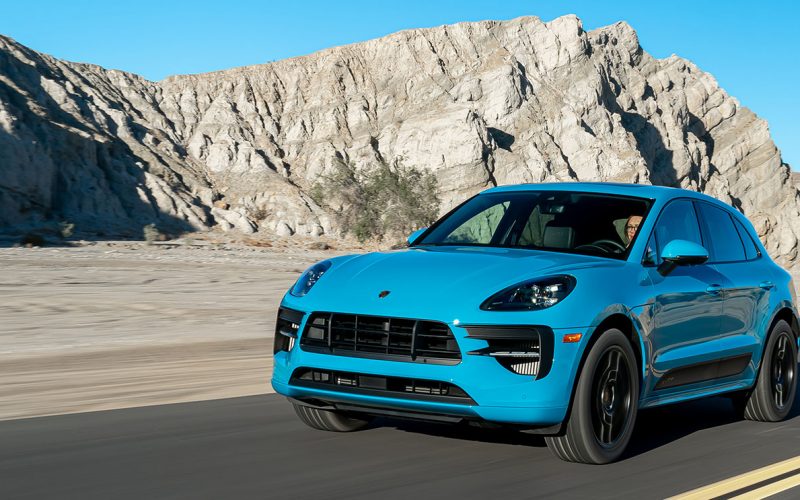
Reading Time: 3 minutesPorsche has once again earned top spot amongst premium brands in J.D. Power most recent 2021
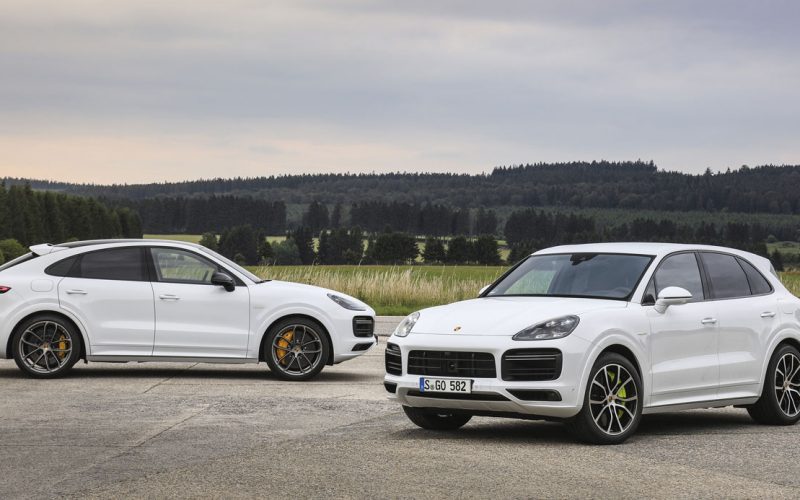
Reading Time: 4 minutesIf you’re thinking you’ve read this story on these pages before, you’re not losing your mind.
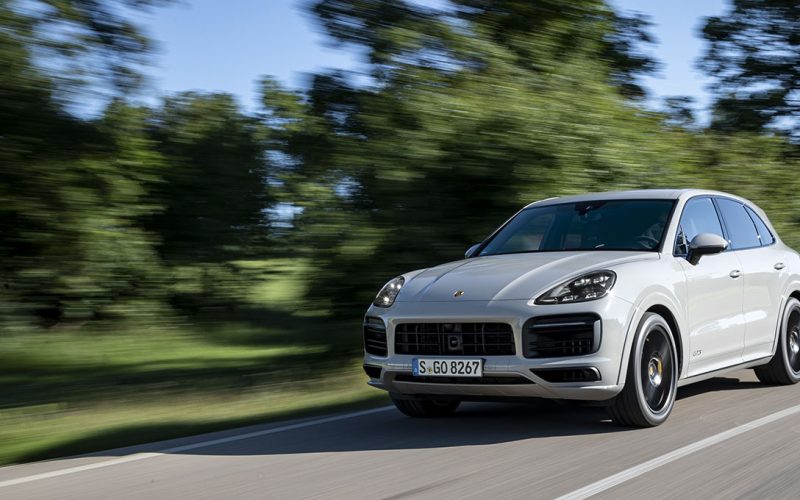
Reading Time: 4 minutesThe Cayenne GTS is back, and much has changed since the model was last offered for
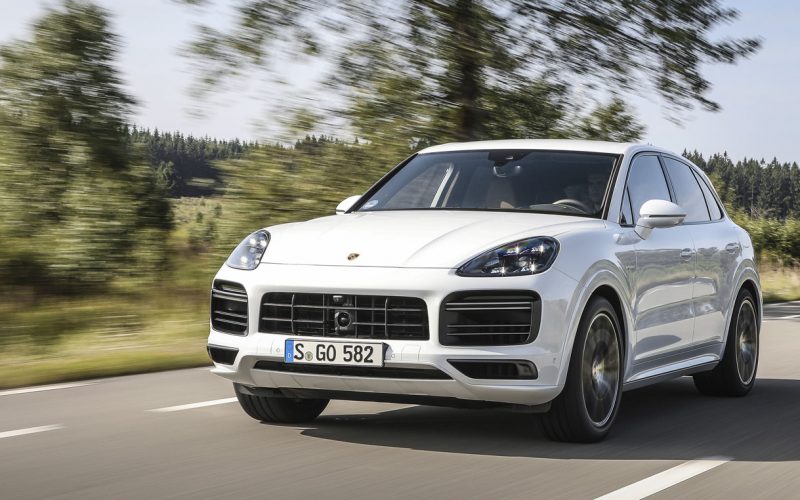
Reading Time: 4 minutesPorsche’s entirely redesigned third-generation Cayenne only just arrived on the scene as a 2018 model, but
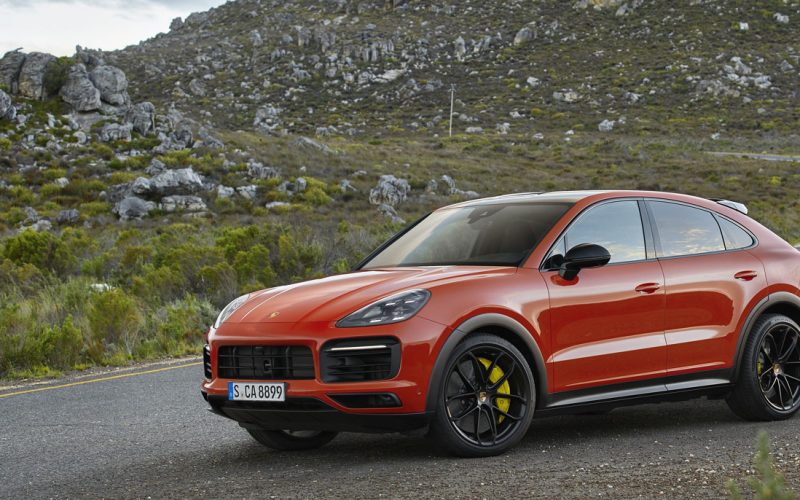
Reading Time: 7 minutesThe Cayenne has long been respected as one of the sportiest crossover SUVs in the entire
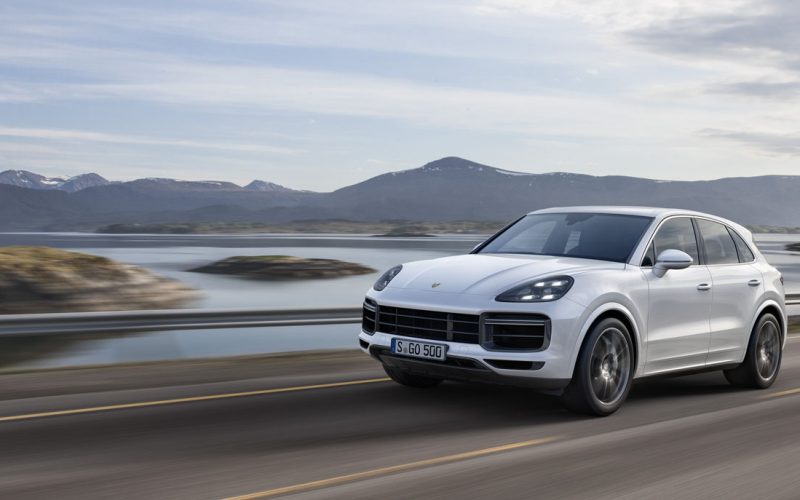
Reading Time: 11 minutesWhile the majority of car enthusiasts will immediately conjure thoughts of the legendary 911 sportscar when
© 2025 The Car Magazine. All Rights Reserved, Privacy Policy | Terms of Use